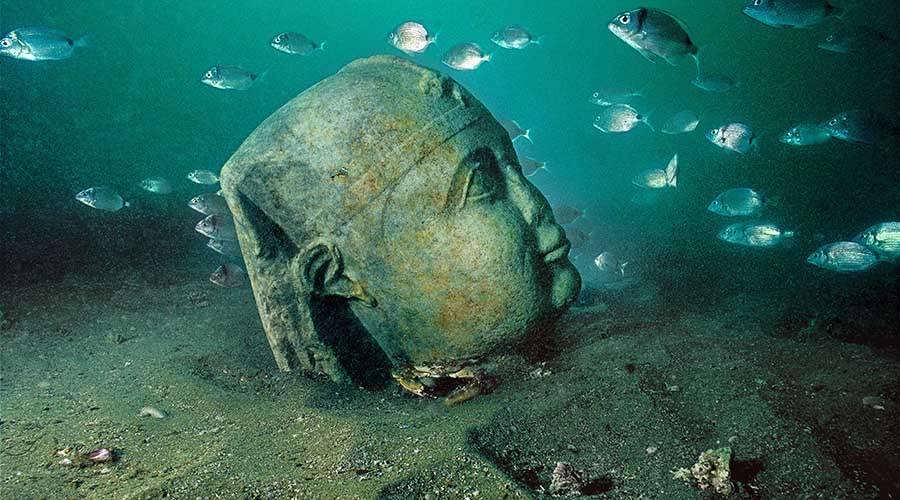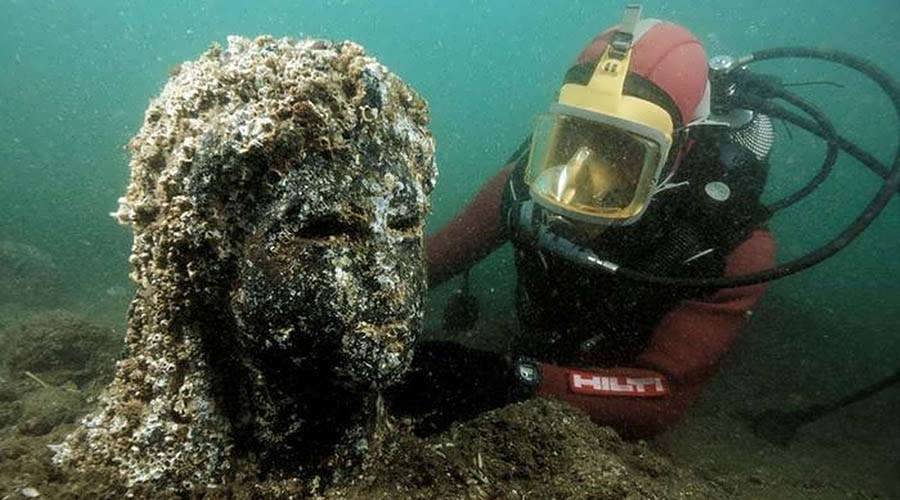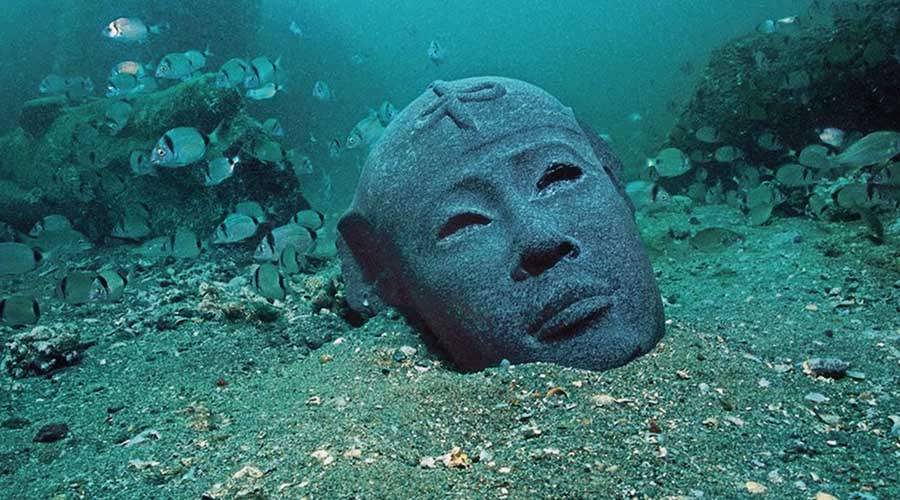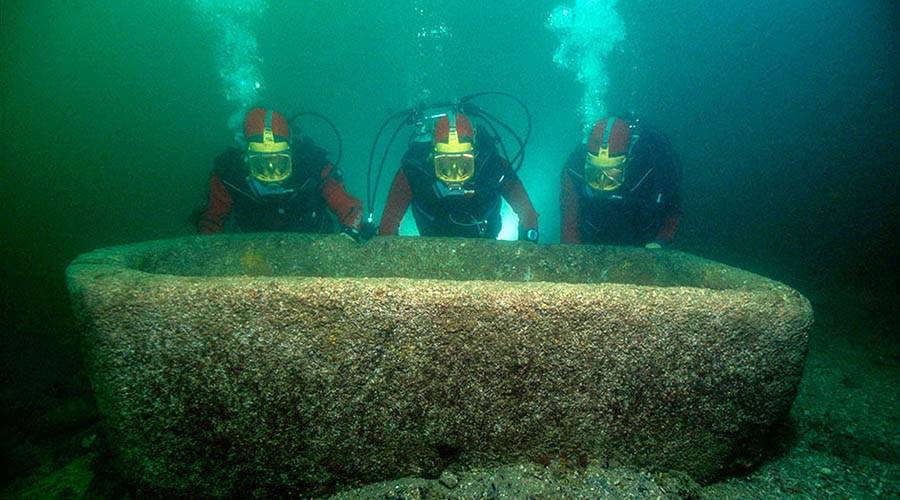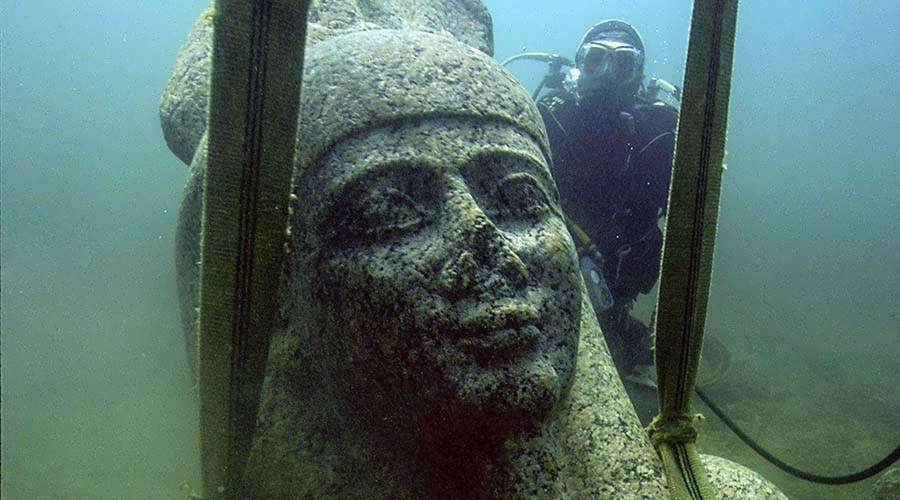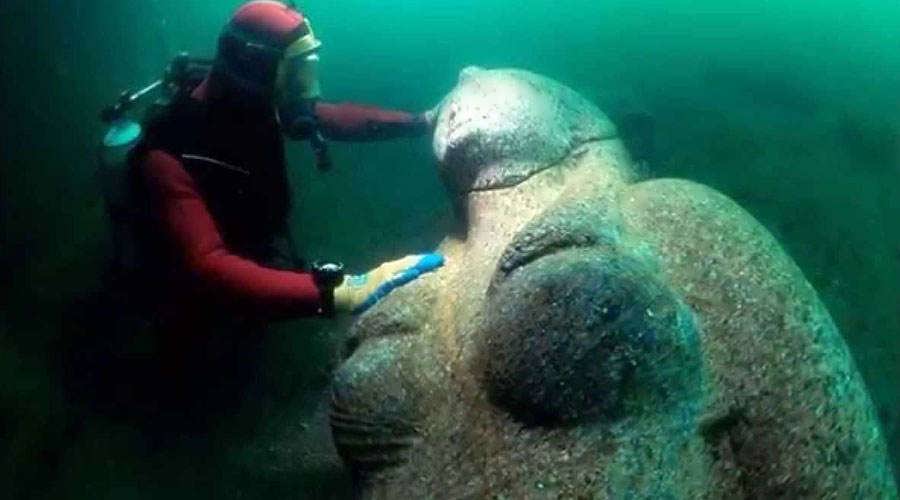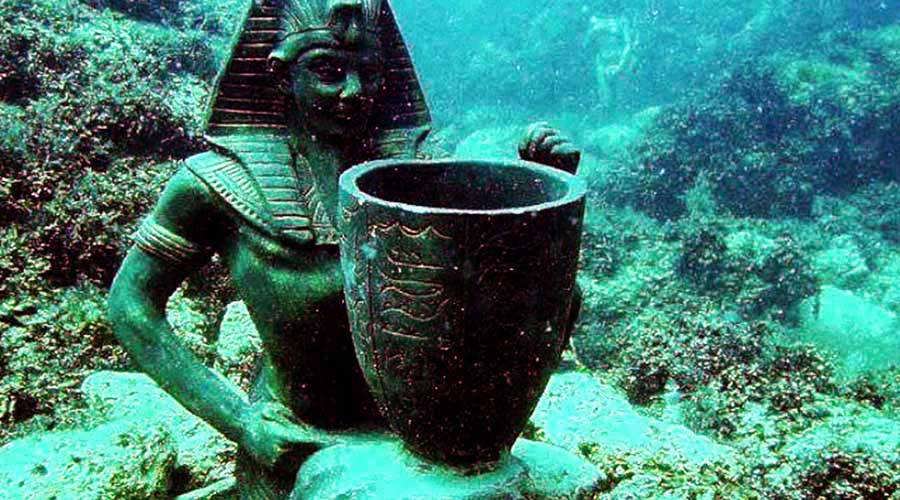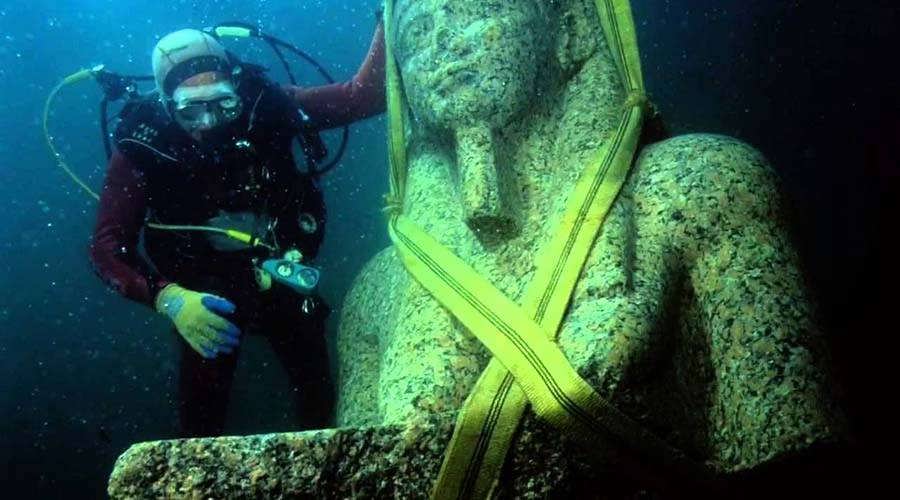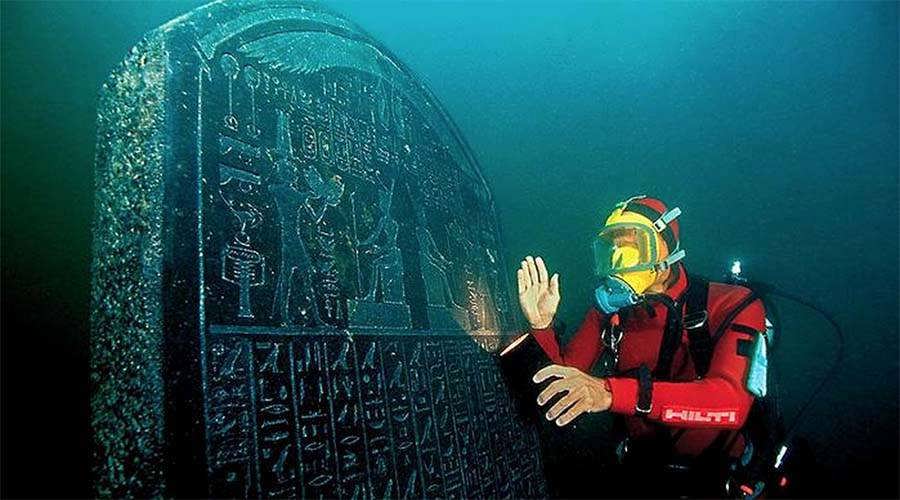Abu Qir Sunken cities Museum
Abu Qir is the Northwest of Alexandria. Over there, the archaeologists
explored the sunken cities of Heracleion and Canopus in
1992. Heracleion, also known as Thonis, was an ancient Egyptian
city near Alexandria. Its ruins located in Abu Qir Bay, currently 2.5 km
off the coast, under 10 m (30 ft) of water. Its legendary beginnings
goes back to the 12th century BC. It mentioned by ancient Greek
historians. Its importance grew particularly during the waning days of
the Pharaohs. It was Egypt’s main port for international trade and
collection of taxes. Heracleion originally built on some
adjoining islands in the Nile Delta. It intersected by canals. Moreover,
it possessed many harbors and anchorages. It was the sister city of
Naucratis which superseded by Alexandria. Furthermore, it believed that
Paris and Helen of Troy stranded in Abu Qir Sunken cities. It was on
their flight from the jealous Menelaus. This was before the Trojan war
began. Menelaus and Helen had stayed there, accommodated by the noble
Egyptian Thon and Polydamna . Also, it believed that Heracles
himself visited the city and the city gained its name from him. Abu
Qir Sunken cities had a large temple of Khonsou, son of Amun, who known
to the Greeks as Herakles. Further details about about Abu Qir Sunken cities:Later,
the worship of Amun became more prominent. Heracleion flourished
especially from the 6th to the 4th century BC. It revealed by many
archaeological finds. Pharaoh Nectanebo I made many additions to the
temple in the 4th century B.C.
The city sank in the 3rd or 2nd century AD. Probably due to liquefaction of the silts on which it built following earth tremors. The ruins submerged in the sea where located by the French underwater archaeologist Franck Goddio in 2000. Until then, the scholars were not sure if Heracleion and Thonis were in fact one and same city. Besides being a prominent religious center, the city of Heracleion was the main trading point on the Mediterranean. This was in the 6th century When they started diving this site, archaeologists discovered ruins of the temple of Heracleion which. It dedicated to Amun and Heracles-Khonsu. They also found giant statues of gods, Ptolemaic kings and their consorts. They found also pottery, jeweler, and many wrecked wooden ships. Abu Qir sunken cities include also Canopus. Canopus was the site where the goddess Isis believed to have found the last part of Osiris’s savaged body. Ancient Egyptians believed that Osiris murdered by his jealous brother Seth. He scattered the dismembered parts of his body all over Egypt. More details about about Abu Qir Sunken cities: According to Egyptian mythology, Isis succeeded in finding the scattered pieces and placed them in a vase which. The vase kept at Canopus. Abu Qir sunken cities has hundreds of Graeco-roman amphorae. Abu Qir Sunken cities attests the extensive trade connections between Egypt and the Roman Empire. Alexandria and numerous NGOs in cooperation with UNESCO are working Abu Qir sunken cities to build an underwater museum. This to showcase the artifacts to the public. Archaeological dives to the site of Abu Qir sunken cities arranged through the Montaza Diving center in Alexandria.


